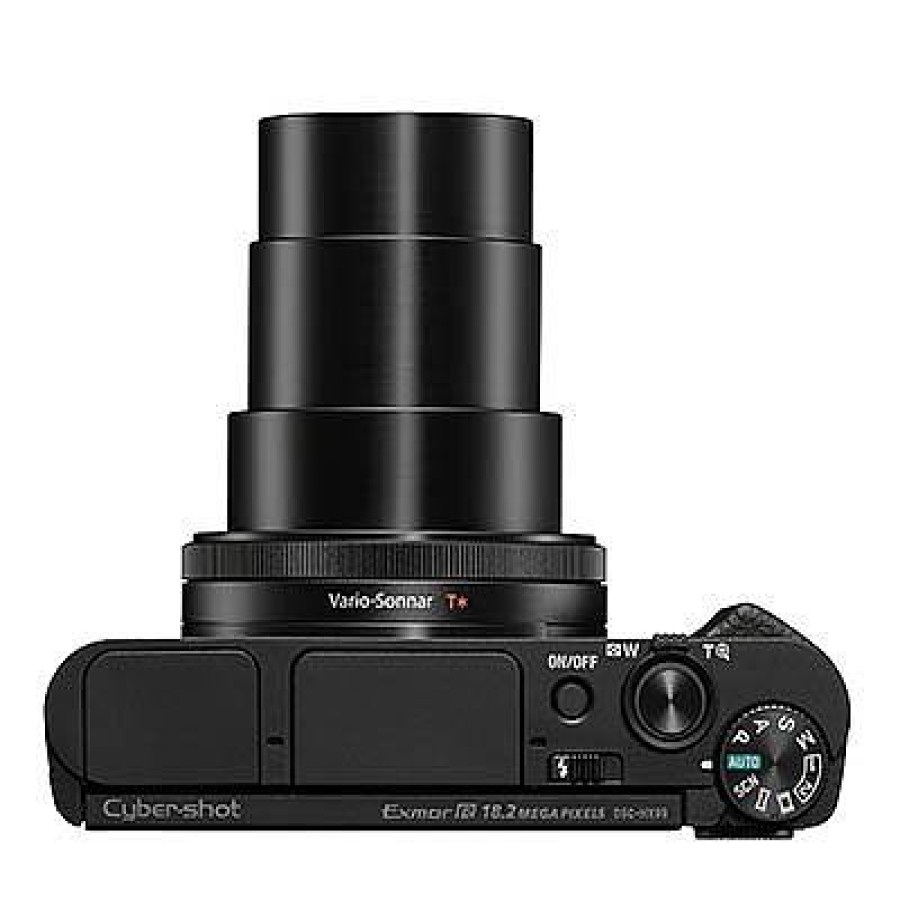Canon Used Canon Eos 400D Body | Used Cameras
£36.00 £25.20
Canon Used Canon Eos 400D Body | Used Cameras

High Performance Digital Slr With 10.1 Megapixel Canon Cmos Sensor And Digic Ii Image Processor.Fast 3 Frames-Per-Second Shooting With 27-Frame Burst And A 0.2 Second Startup Time.Strong, Lightweight Body With The Eos Integrated Cleaning System Including A Self Cleaning Sensor Unit.Picture Style Settings For A Broad Range Of Control Over Color, Contrast And Sharpening.
Canon’S Next Generation D-Slr: The Eos 400D. Featuring A 10.1 Megapixel Cmos Sensor, New Eos Integrated Cleaning System, Larger And Brighter 2.5 Lcd And 9-Point Af, The Model Is Predicted To Take The Lead As The World’S Most Popular Camera. It Is Positioned Above The Eos 350D, Currently The Fastest Selling Slr Camera Of All Time.
The Canon 400D’S Improved Performance
The Eos 400D Incorporates A Number Of Developments Over The Eos 350D. Resolution Increases From 8.0 To 10.1 Megapixels, Using The Superior Hi-Sensitivity, Hi-Speed, Low-Noise Cmos Technology Now Found In All Six Eos Digital Models. At Nearly Twice The Size Of The Eos 350D Display, The 2.5 Hi-Resolution Lcd Is The Brightest In The Eos Range And Now Displays All Of Key Shooting And User Interface Information Along With Image Playback. The Af System Expands From 7 To 9-Point, With A Highly Sensitive F/2.8 Center Point For Exceptional Performance In Low Light. Even With The Image Resolution Increase, Maximum Frame Burst Almost Doubles From 14 To 27 Large Jpegs And From 5 To 10 Raw.
Dust Reduction On The 400D
The Eos 400D Is The First Camera To Incorporate The Eos Integrated Cleaning System. Based On Significant Research Into The Causes Of Dust In D-Slr Cameras, The System Combats Dust In Three Important Ways: Minimise, Repel And Remove.
1. Minimise
Internal Camera Mechanisms Are Designed To Minimise Dust Generation. The Body Cap Is Redesigned To Prevent Dust Generation Through Wear On The Cap Itself.
2. Repel
Anti-Static Technologies Are Applied To The Low-Pass Filter Covering The Front Of The Sensor So As Not To Attract Dust.
3. Remove
A Self-Cleaning Sensor Unit Uses Hi-Frequency Vibrations To Shake Dust From The Low Pass Filter For A Period Of Approximately One Second After Each Start Up. For Instant Shooting After Power Up, This Feature Is Disabled Immediately The Shutter Release Is Depressed.
Canon Has Also Developed An Internal Dust Delete Data System, Which Can Map The Position Of Any Visible Dust On The Sensor. This Can Then Be Deleted Automatically After The Shoot With Digital Photo Professional Software.
The Eos 400D Advantages
The Eos 400D Inherits A Number Of Advanced Features Proven In Higher-End Eos Models, Such As The Eos 30D And 5D. These Include Its 9-Point Af System, Picture Styles (See Appendix: Technologies Explained), 9,999 Image Capacity Folders And Expanded Pictbridge Functionality.
The Eos 400D Also Incorporates The Same Digic Ii Processor Found Across The Eos Range Right Through To Eos 1 Professional Models (See Appendix ‘Technologies Explained’). As Well As Providing Superior Image Quality Through Advanced Rendering Algorithms And Almost Instant 0.2 Second Start Up Time, Digic Ii’S Accelerated Processing Prioritises The Photographer’S Ability To Keep Shooting By Clearing The Buffer Quickly Between Frame Bursts.
Upgrading
The Upgrade Path To The Eos 400D From Earlier Eos Models Is Made Easy By Maintaining The Same Intuitive User Interface And Basic Layout Of Key Features And Functions. Photographers Are Also Able To Use The Same Battery And Battery Grip Bg-E3 As Used On The Eos 350D, As Well As Continued Support For All Ef And Ef-S Lenses, Speedlites And Eos Accessories.





















Reviews
There are no reviews yet.